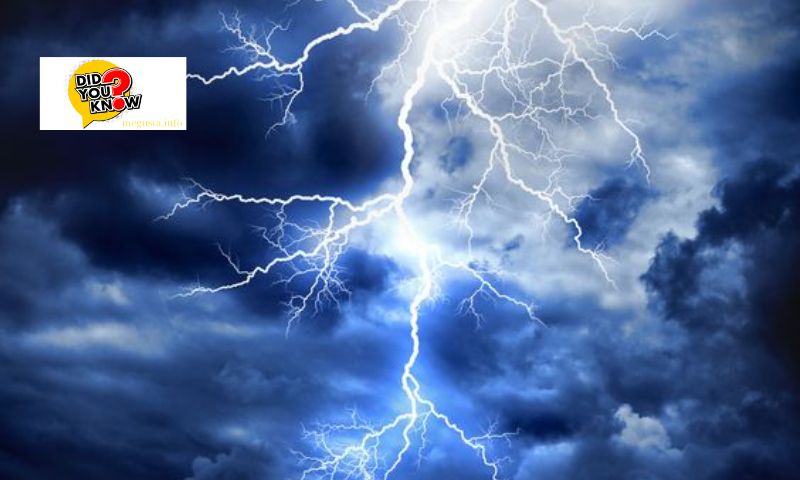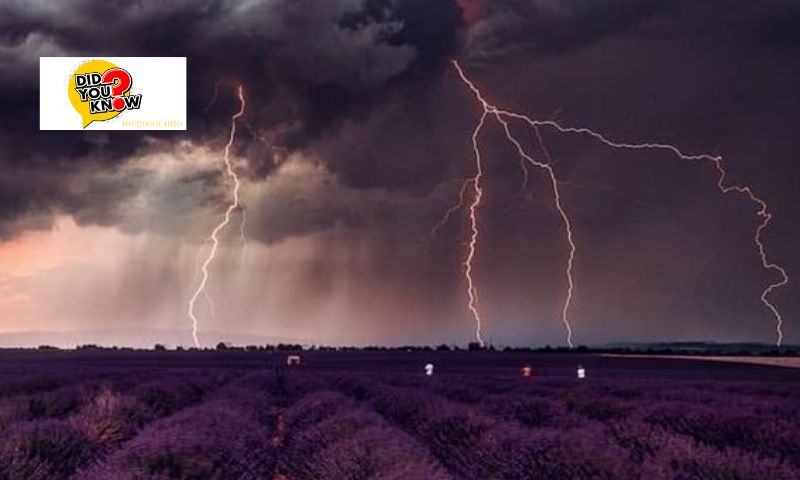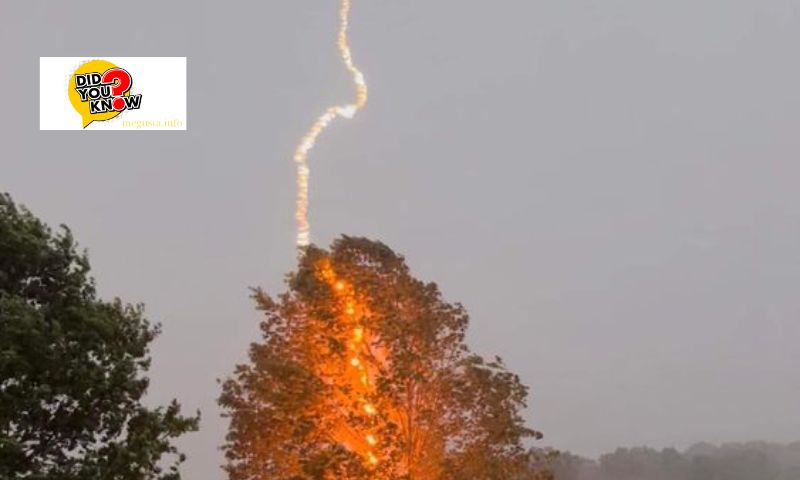Lightning strikes are a natural phenomenon that can have devastating consequences on both human life and the environment. Understanding the negative effects of lightning strikes is crucial for mitigating risks and implementing effective safety measures. This article from Megusta.info will discover all!
Immediate Physical Impact

When lightning strikes, its immediate physical impact can be catastrophic. The intense electrical discharge can cause severe injuries and even fatalities to humans and animals caught in its path. According to the National Weather Service, lightning strikes result in an average of 49 deaths per year in the United States alone, highlighting the deadly potential of these natural occurrences.
Structures and infrastructure also bear the brunt of lightning strikes. Buildings, trees, and utility poles are susceptible to damage from the powerful electrical surge. Lightning can ignite fires and cause explosions in buildings and forests, further exacerbating the immediate physical impact on both urban and rural areas.
Environmental Consequences
Beyond its immediate physical impact, lightning strikes have significant environmental consequences. One of the most serious concerns is the outbreak of fires in forests and grasslands. Lightning is a common cause of wildfires, especially in regions prone to dry conditions. These fires can spread rapidly, consuming vast swathes of vegetation and disrupting ecosystems. The ecological balance is disturbed, affecting wildlife habitats and biodiversity.
Moreover, lightning strikes can directly strike trees, leading to “splitting,” where the tree is split or shattered by the electrical discharge. This damages the tree’s integrity and can affect the forest’s overall health and stability.
Technological and Economic Impacts

The technological and economic impacts of lightning strikes are substantial. Modern society relies heavily on electronic and electrical systems, which are vulnerable to the effects of lightning. Power surges caused by lightning strikes can damage electrical appliances, computers, and communication networks, leading to costly repairs and downtime.
For businesses and industries, the financial repercussions of lightning strikes can be severe and far-reaching. Lightning-induced power outages have the potential to abruptly halt production lines, disrupt intricate supply chains, and consequently lead to substantial financial losses. The sudden interruption in operations not only affects immediate productivity but also cascades into delayed deliveries and compromised customer relations, further compounding the economic impact.
Moreover, insurance claims arising from lightning damage add another layer to the economic burden. These claims not only reflect the direct costs of repairing or replacing damaged equipment and infrastructure but also encompass the broader implications of business interruption, such as lost revenue and increased operational expenses. Insurance premiums may rise as a result of frequent claims, placing additional strain on business finances in the long term.
Beyond individual businesses, the cumulative effect of lightning-related disruptions reverberates across the economy. Supply chain disruptions can cause ripple effects across multiple sectors, affecting suppliers, manufacturers, distributors, and retailers alike. This interconnectedness underscores the vulnerability of modern economic systems to natural events like lightning strikes.
Health Implications
While immediate physical injuries from lightning strikes are well-documented, there are also long-term health implications for survivors. Survivors of lightning strikes may experience neurological disorders, chronic pain, and psychological trauma. Post-traumatic stress disorder (PTSD) is not uncommon among survivors who have endured the terrifying experience of being struck by lightning.
The psychological impact extends beyond survivors to their families and communities, who may also suffer from emotional distress and anxiety following such traumatic events. Mental health support and counseling are essential components of the recovery process for those affected by lightning strikes.
Safety Measures and Preparedness

Mitigating the negative effects of lightning strikes requires proactive safety measures and preparedness strategies. Lightning safety begins with awareness and education. Public education campaigns can raise awareness about the dangers of lightning and promote safety practices such as seeking shelter indoors during thunderstorms.
Advanced lightning detection and warning systems play a crucial role in alerting communities to impending thunderstorms and lightning strikes. These systems provide valuable time for individuals and authorities to take protective actions and evacuate areas at risk.
Building codes and regulations also incorporate lightning protection standards for structures and buildings. Lightning rods and surge protection devices can mitigate the impact of lightning strikes on buildings and electrical systems, reducing the risk of fires and structural damage.
Conclusion
In conclusion, the negative effects of lightning strikes are wide-ranging and impactful, affecting human safety, the environment, technology, and economies. By understanding these effects and implementing proactive safety measures, communities can minimize the risks associated with lightning strikes and protect lives and property.
Increased investment in research and technology can further enhance our ability to predict and mitigate the impact of lightning strikes. Public awareness and education remain critical in fostering a culture of safety and resilience in the face of natural disasters.
As we continue to grapple with the challenges posed by lightning strikes, collaboration between scientists, policymakers, and communities is essential to developing effective solutions and safeguarding our societies against the unpredictable forces of nature.

